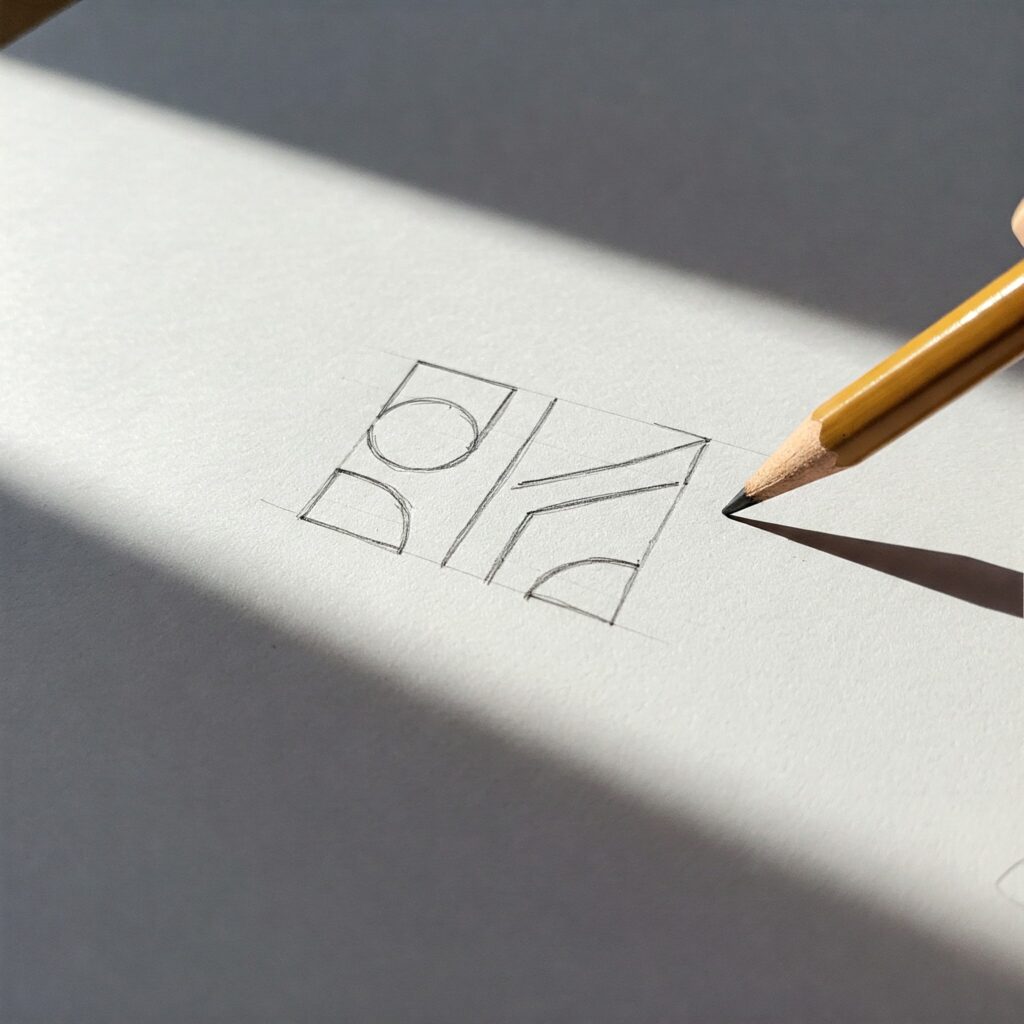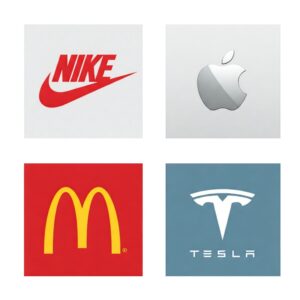
In the bustling marketplace, where countless businesses vie for attention, a logo is often the first impression a potential customer has of your brand.
It’s more than just a pretty picture; it’s a visual representation of your company’s identity, values, and mission.
A well-designed logo can be a powerful tool for attracting customers, building brand recognition, and ultimately, driving sales. But what exactly is a logo, and how can it help your small business stand out from the crowd?

A logo, at its core, is a graphic mark or symbol used to identify a company, organization, product, or service. It can be a combination of typography, imagery, and color, carefully crafted to convey a specific message and evoke certain emotions.
Think of the iconic swoosh of Nike, the apple with a bite taken out of it for Apple, or the golden arches of McDonald’s. These logos are instantly recognizable and synonymous with the brands they represent.
For small businesses, a logo is not just an aesthetic element; it’s a strategic asset that plays a crucial role in building a successful brand. Here’s how:

Designing a logo that effectively represents your brand requires careful consideration of several factors:
Target Audience: Who are you trying to reach with your brand? Understanding your target audience’s demographics, preferences, and needs will help you create a logo that resonates with them.
Brand Personality: What is the personality of your brand? Is it playful, sophisticated, or rugged? Your logo should reflect the unique personality of your brand.
Industry: What industry are you in? Certain industries have specific visual conventions. For example, a logo for a law firm might be more traditional, while a logo for a tech startup might be more modern and minimalist.
Color Palette: Colors evoke different emotions and associations. Choose colors that align with your brand personality and industry.
Typography: The font you choose for your logo can also convey a lot about your brand. A classic serif font might convey tradition and trustworthiness, while a bold sans-serif font might convey modernity and innovation.
Simplicity: A simple logo is often more memorable and versatile than a complex one. Avoid cluttering your logo with too many elements.
Once you have a logo that you’re happy with, it’s important to use it effectively to maximize its impact.
Here are a few tips:
While there are many DIY logo design tools available, investing in a professional logo designer can be a worthwhile investment for your small business. A professional designer has the experience and expertise to create a logo that is not only visually appealing but also strategically sound.
They can help you navigate the complexities of logo design, ensuring that your logo effectively communicates your brand message and resonates with your target audience.
A logo is much more than just a pretty picture. It’s a powerful tool that can help your small business attract customers, build brand recognition, and ultimately, drive sales.
By carefully considering the key elements of logo design and investing in a professional design, you can create a logo that will serve as a visual ambassador for your brand for years to come.
Contact us today to learn more about how we can help your business grow!